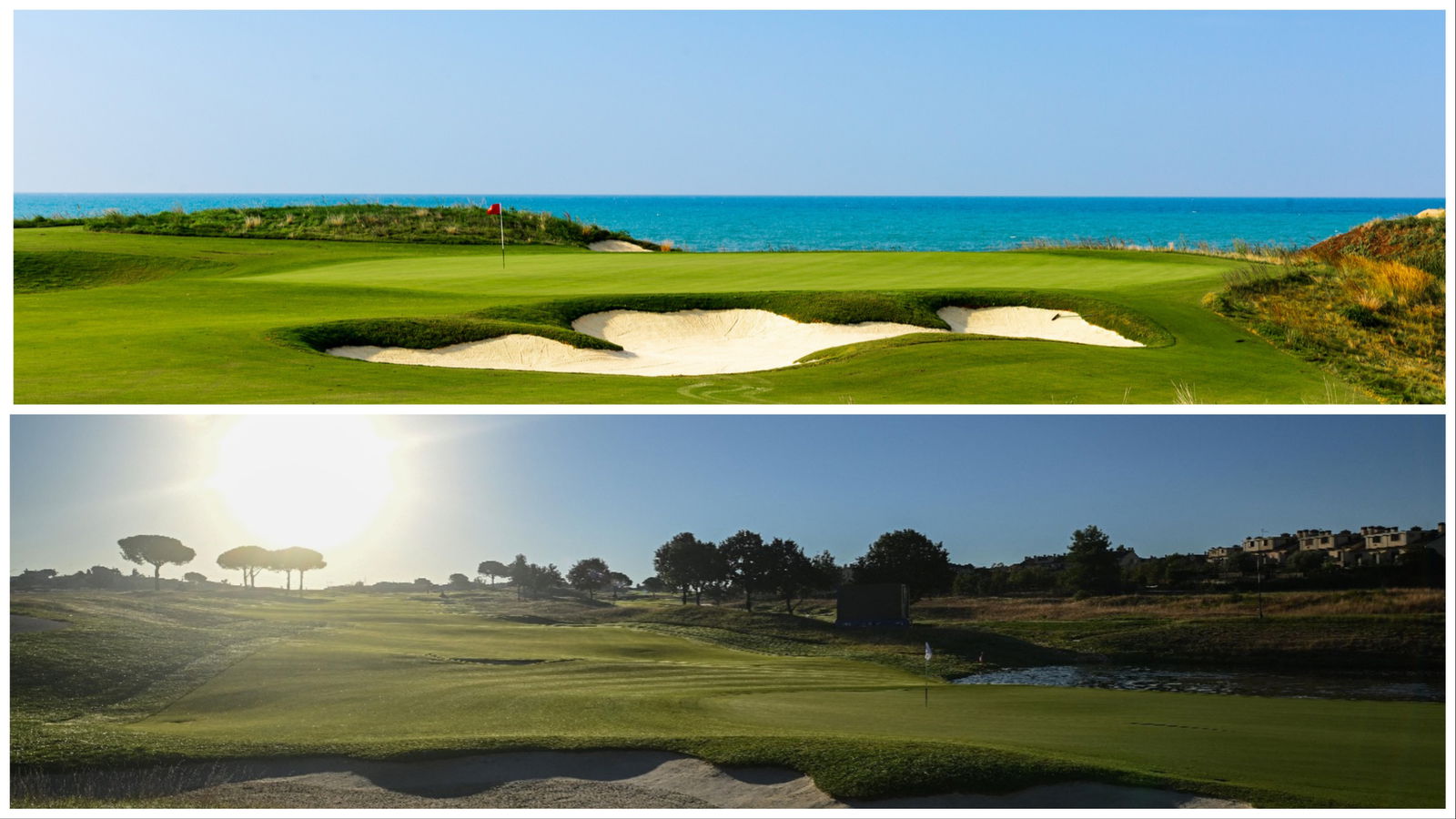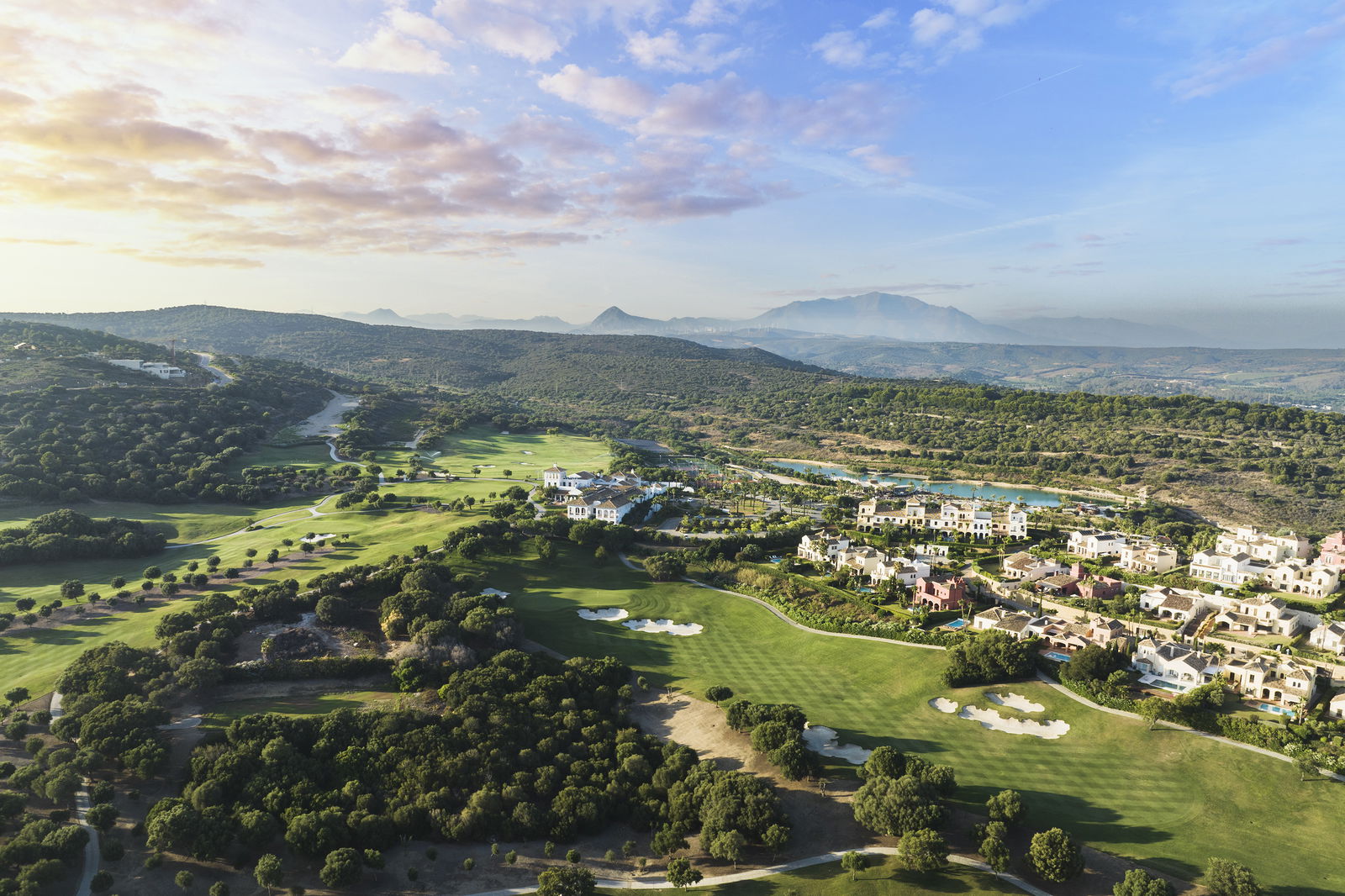Terras da Comporta Dunas Course review: Portugal's new links masterpiece
Portugal boasts an extraordinary number of excellent championship golf courses, and its newest addition Terras da Comporta Dunas might be its best yet.
.jpg?width=1600&aspect_ratio=16:9)
The golfing press are keen on a list, a ranking, a who’s who of players and courses. As forefingers move down newsprint, or more likely scroll downwards on some electronic device, we like to know who and where is best.
Golfers love to play the Top Trumps game of where we have played, and, having paid £300 plus to have graced the fairways of some far-off golf clubs, we are entitled to a hard-earned opinion. It’s a great game, which is being played in golf club bars as we speak, for bragging rights.
But here’s the thing. Having perused various Top 100 golf course lists, it strikes us that of these top-ranking venues, all share one common trait; they are all built from, and of, sand. Sand, in golfing terms, is gold. But as highly valued as it is from the standpoint of the golfer, it is of little or no value to the farmer, and so golf has blossomed on wind-blown dunes and heathlands.
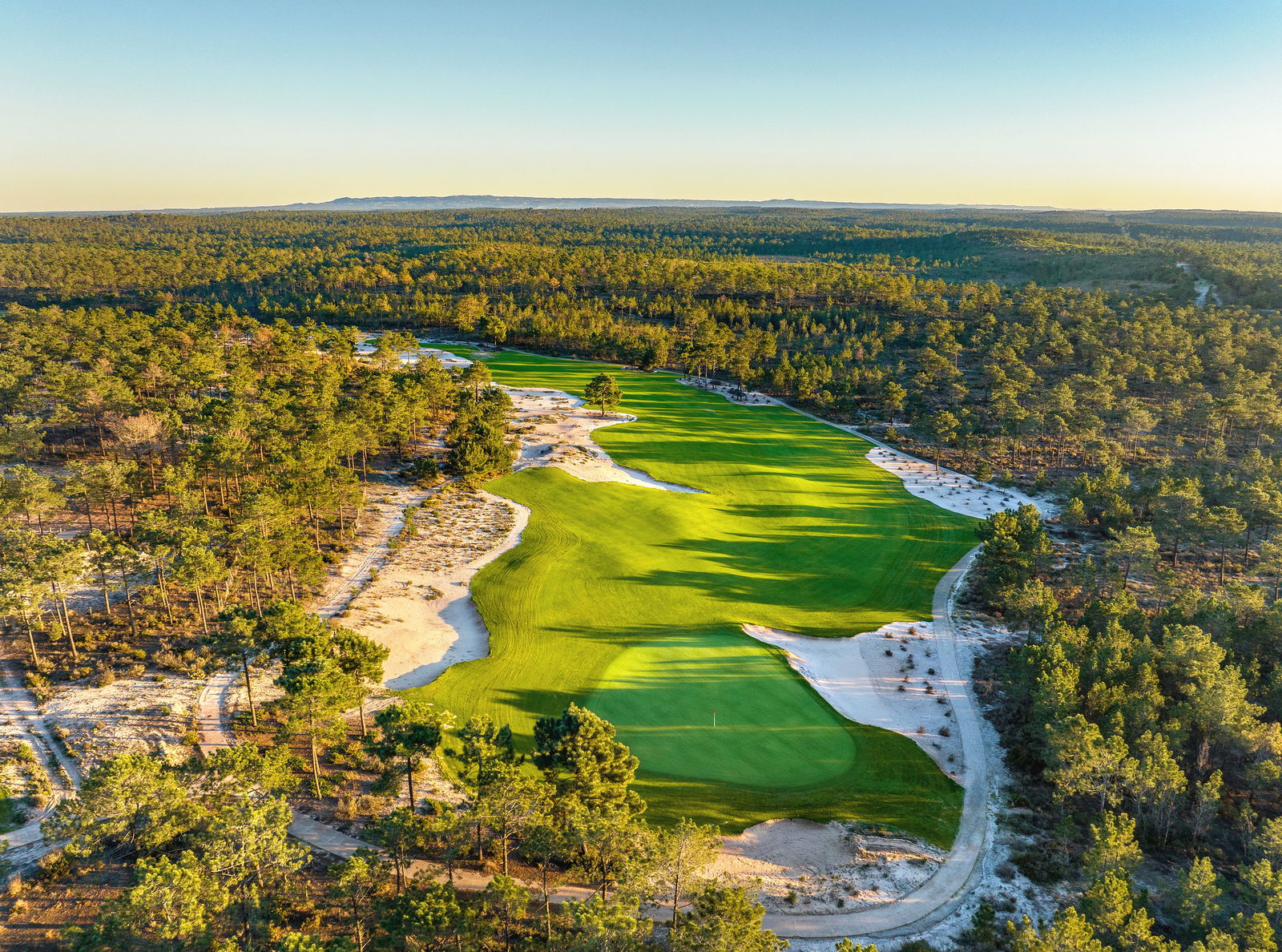
The Victorians and Edwardians were no mugs when it came to developing the game back in the early 1900’s and before. Links golf courses were so called simply because they were built amongst the sandy dunes that link the sea to the mainland.
The incessant wind sculpted the dunes, constantly changing their size and shape. This naturally occurring phenomenon lent itself perfectly to the building of golf courses, given that this type of land drained perfectly.
Grass struggled to grow in a medium that offered little nutrition, apart, that is, from fescue grasses, that beautiful, very fine bladed species. Sheep would graze upon the fairways, offering cost effective green keeping.
So what is the thread that links St Andrews and The Dunas course at Terras da Comporta (which is quite the mouthful) ? You’ve guessed it - thousands of acres of light beige sand, together with an abundance of what the Portuguese call “Wild Pines”.
The course is within a mile of the beach, and the breakers can be heard, but not seen, blocked from vision by high dunes. You would have to classify The Dunas as a links course by definition, but the shelter afforded by these dunes has allowed the pine trees to establish themselves and flourish, giving it a links/heathland vibe.
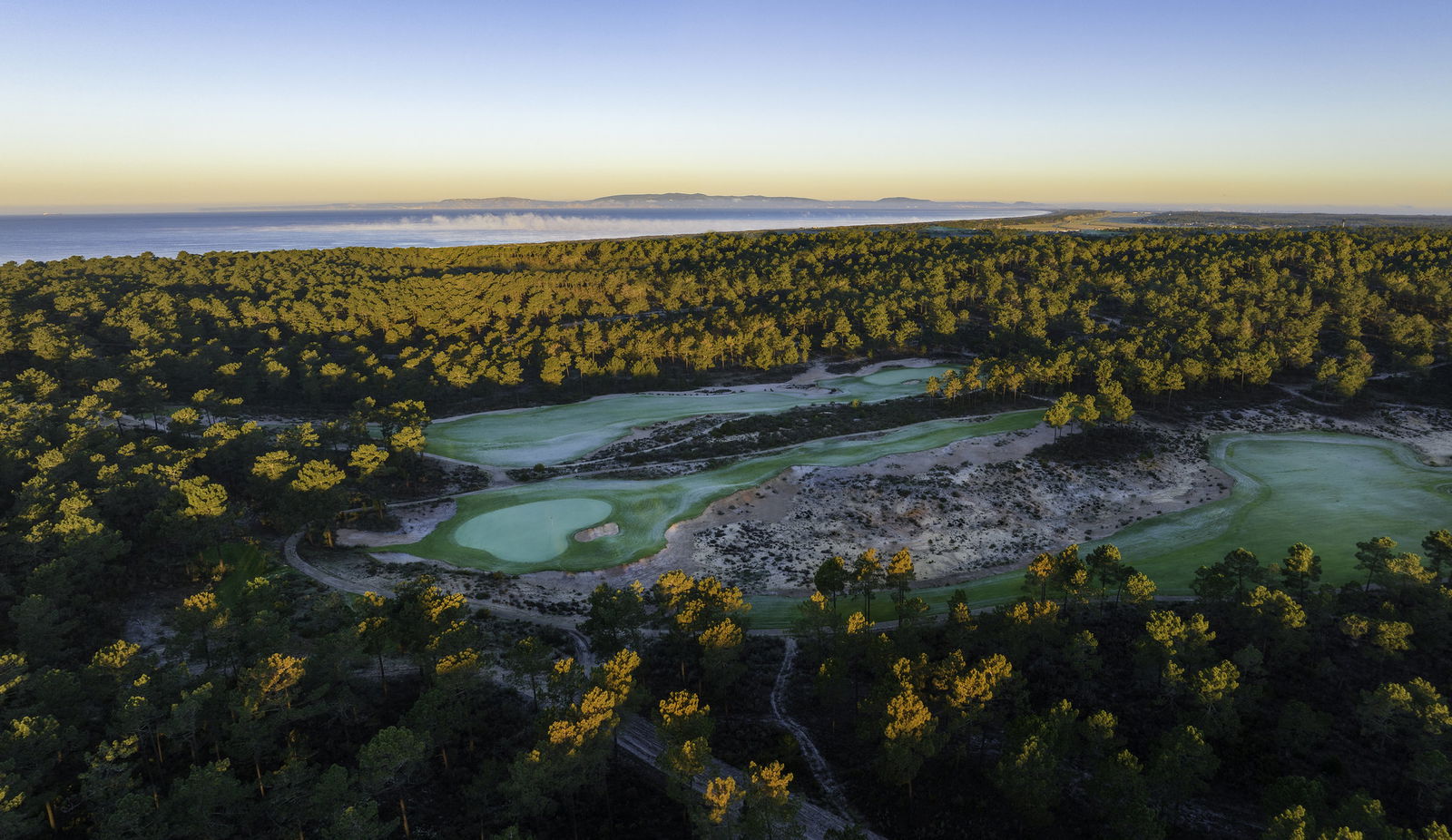
Terras da Comporta is located 1 hour 20 minutes from Lisbon, by car, heading due south. From Faro it’s a 2-hour drive.
We were kindly invited to the opening of the course on October 5th, spending two days in the company of David McLay Kidd, the course architect.
David is a native Scot, whose father was the Head Greenkeeper at Gleneagles for 25 years. There is a fine tradition of Scots leaving home and taking their golfing skills to the New World, and at the age of 26 David properly landed on his feet at a certain Bandon Dunes in Oregon, which became a worldwide phenomenon.
The Castle Course at St Andrews followed, as did many more, and David is the man for sand. He first encountered The Dunas Course site 15 years ago. At that point he had no idea how long it would take to get it over the finishing line. The White Knights, in this instance, were Vanguard Properties, who have secured the long-term future of Terras da Comporta.
It’s important to understand the architectural thinking of McLay Kidd when playing the course. He believes that “you can take your poison early or late”, meaning he will always give you a choice between safety and jeopardy from the tee. If you take the risk from the tee, and execute, the reward will be evident.

Bail out, and you will pay the price with a more challenging approach. The risk reward, strategic school of thought has always prevailed in the minds of the best golf architects. But apart from this, McLay Kidd never loses touch with the belief that golfers need to enjoy their golf.
At no point on this course are you required to undertake ridiculous carries or off-the-scale heroics. You are unlikely, for example, to lose a ball.
We have never played a course akin to The Dunes. If we were to reference other layouts that reminded us of this course we would have to mention The Berkshire, Sunningdale and Pine Valley. That may seem odd, as all three are inland, heathland courses, but The Dunas combines the features of a links course with the feel of a heathland course.
Visually, it’s a knockout. More often than not you will arrive on a tee box and be confronted with an emerald green ribbon of fairway, generous in width, meandering into the distance. But encasing the fairway, on most holes, is an expanse of sandy waste area.The waste areas are not so bad to play from, given the firmness of the sand.

In some instances these areas will run the entire length of the hole, on both sides. The bunkering of the course, in stiff competition with the waste areas, appears almost sculptural, yet wholly natural. This framing of the fairway provides prefect visual definition. The backdrop of the pines, which are ubiquitous, compliments the links and heathland feel. Gorse bushes thankfully do not thrive in Portugal, and neither does heather. Hooray for that.
The greens, as always large in size in the modern era, are very fair and offer genuine interest. Seeded with bent grass, the putting surfaces are flawless.
In terms of length, the usual elasticity has been embraced, with yardages varying from six sets of tees. That seems a lot to me, but the Pros can have a go at 7300 yards. Mere mortals such as ourselves played the course at 6300 yards, Par 71. We found it comfortable, whilst still very challenging at this length.
As for the “feature hole”, it’s as if McLay Kidd has said “Here’s a bunch of them. Take your pick“.
We challenge you to pick one hole above any other.
One serious compliment must be paid to the Golf Academy, which is world class. The range stretches out, dropping away from a long grass tee with it’s seductive ball pyramids, whilst the enormous chipping green sits alongside a putting green and bunker play green. Every base has been covered with great thought and attention to detail. Any serious golfer will imagine he has arrived in heaven. The best we have seen.
And what might it cost to sample the Dunas Course and Golf Academy, complete with buggy? 165 euros, which, in the realms of top class golf courses, represents good value.
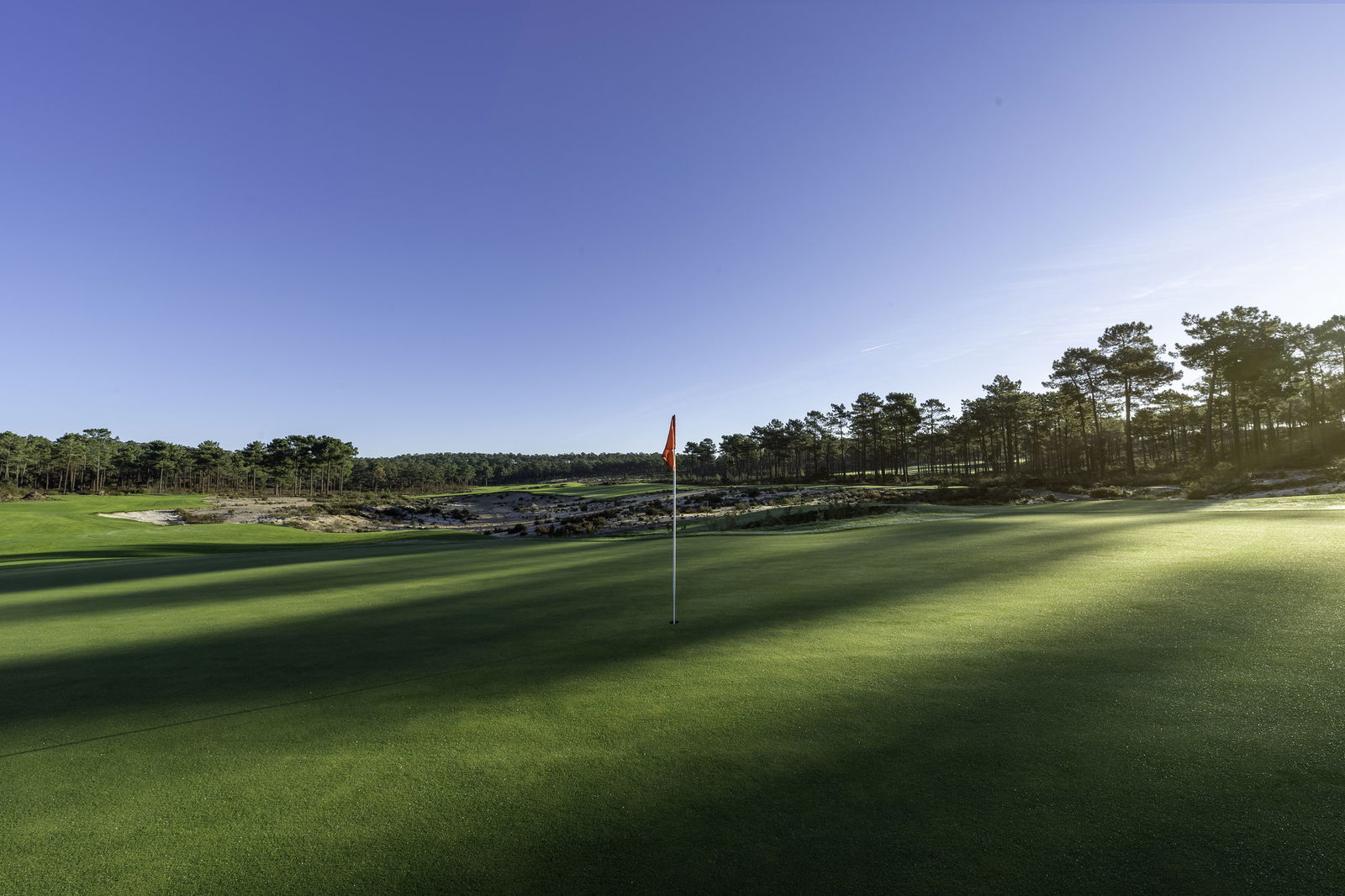
Verdict
The Dunas course is one for the purist. It is a masterpiece of strategic golf, endlessly asking questions of the golfer in a dream setting.
In terms of condition, the only element we could fault would be the condition of the fairways. The establishment of the fescue grasses has been challenging. The fescue species, however, are integral to the hard and fast-running links type of play. Within a year, they will have cracked it.
The future here looks exciting, with a new clubhouse about to commence construction, and indeed a second course. None other than Sergio Garcia is stepping up to the plate to design a second eighteen. McLay Kidd is a tough act to follow. The cherry on the cake will be a development of low density properties, which will follow in due course.
Terras de Comporta will only grow in stature over the coming years, and we believe that The Dunas Course will undoubtedly appear in golf course rankings. Golf connoisseurs need to play this course.
